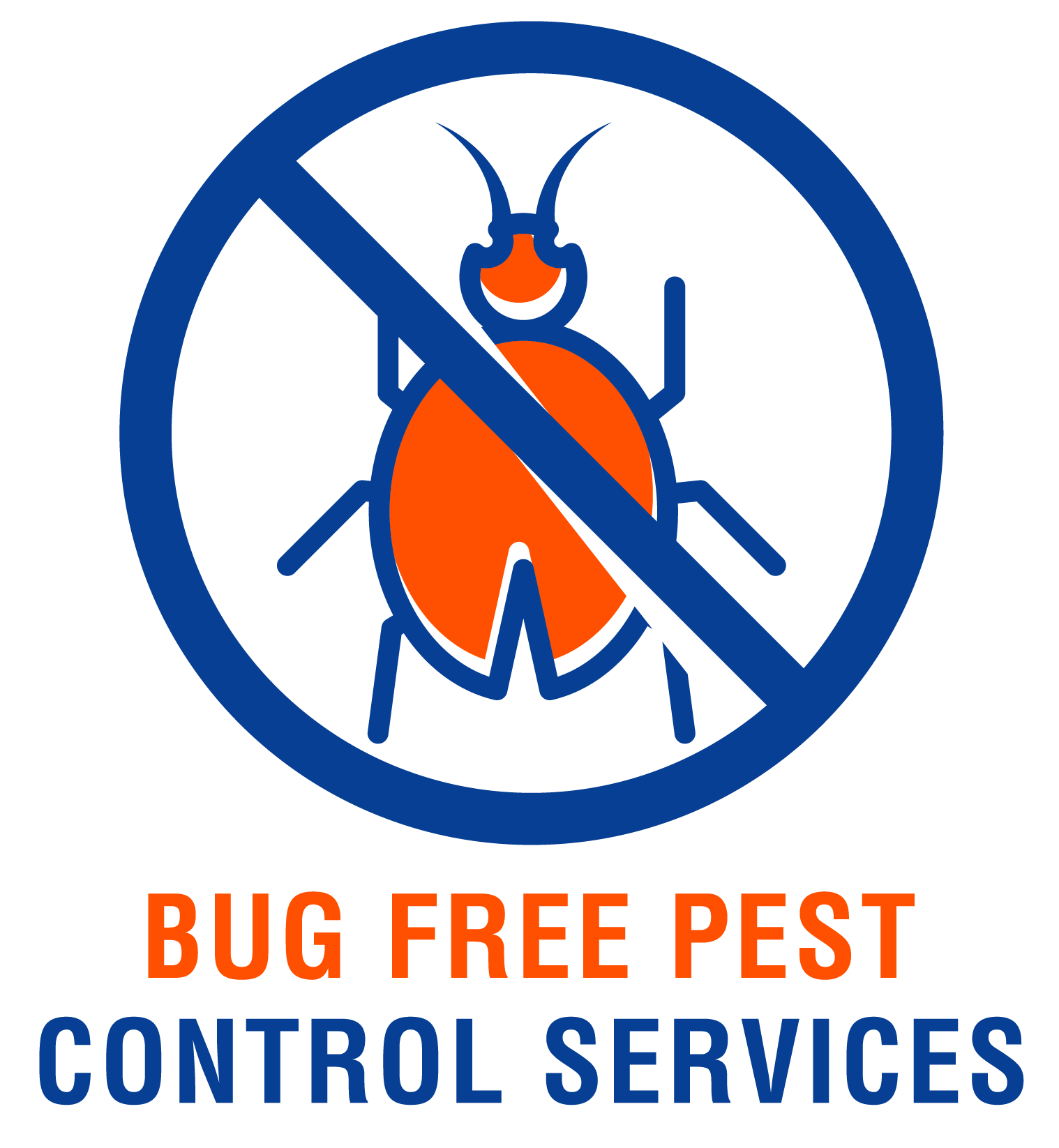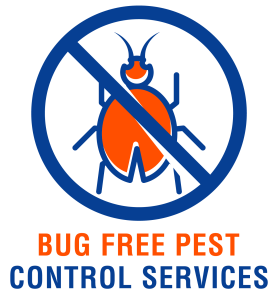Welcome to a brief overview of pest control regulations. Whether you are a homeowner looking to manage pests on your property or a business owner implementing pest control measures in your facilities, it is important to understand the regulations surrounding pest control. By adhering to these regulations, you can ensure the safety of your environment and the effectiveness of your pest control methods. Let’s delve into the key aspects of pest control regulations to help you navigate this important aspect of pest management. Have you ever wondered about the regulations surrounding pest control? In this article, we will guide you through the ins and outs of pest control regulations, helping you understand the laws and guidelines that govern the pest control industry.

This image is property of pixabay.com.
Why Pest Control Regulations Matter
Pest control regulations are put in place to protect public health and the environment. By ensuring that pest control practices are performed safely and effectively, these regulations help prevent the spread of diseases and minimize the impact of harmful chemicals on the environment.
Understanding these regulations is crucial for anyone involved in pest control, whether you are a homeowner trying to manage pests on your property or a professional pest control operator. By following the rules and guidelines set forth by regulatory agencies, you can ensure that your pest control efforts are not only effective but also safe and environmentally friendly.
How Regulations Impact Pest Control Practices
Regulations influence every aspect of pest control, from the types of products that can be used to the methods of application. For example, certain pesticides may be restricted or banned altogether due to their potential harm to human health or the environment. Regulations also dictate how pesticides should be stored, handled, and applied to minimize risks to non-target organisms.
By understanding these regulations, you can make informed decisions about the best pest control methods to use in your specific situation. This knowledge can help you avoid costly mistakes and ensure that your pest control efforts are both effective and compliant with the law.
Key Regulations Governing Pest Control
There are several key regulations that govern the pest control industry at the federal, state, and local levels. Understanding these regulations is essential for anyone involved in pest control to ensure compliance and avoid potential legal issues.
Federal Insecticide, Fungicide, and Rodenticide Act (FIFRA)
FIFRA is a federal law that regulates the sale, distribution, and use of pesticides in the United States. Under FIFRA, all pesticides must be registered with the Environmental Protection Agency (EPA) before they can be sold or distributed. To obtain registration, pesticide manufacturers must provide data demonstrating that the product is safe and effective when used according to label instructions.
As a consumer, it is important to only use pesticides that are registered with the EPA and to follow all label instructions carefully. Violating FIFRA regulations can result in penalties, including fines and legal action.
Occupational Safety and Health Administration (OSHA) Regulations
OSHA regulations govern the safe handling of pesticides by workers in the pest control industry. These regulations cover a wide range of topics, including how pesticides should be stored, handled, and disposed of, as well as the use of personal protective equipment (PPE) when working with pesticides.
If you work in the pest control industry, it is important to familiarize yourself with OSHA regulations to ensure your safety and the safety of those around you. By following these regulations, you can prevent accidents and injuries related to pesticide exposure.
State and Local Regulations
In addition to federal regulations, each state and local government may have its own laws and guidelines governing pest control practices. These regulations can vary widely from one jurisdiction to another, so it is important to be aware of the specific rules that apply in your area.
State and local regulations may cover a range of topics, including licensing requirements for pest control operators, restrictions on the types of pesticides that can be used, and guidelines for the safe disposal of pesticide containers. By familiarizing yourself with these regulations, you can ensure that your pest control practices are compliant with local laws.
Licensing and Certification Requirements
Many states require pest control operators to be licensed or certified to perform pest control services. These requirements are put in place to ensure that pest control operators have the knowledge and training necessary to use pesticides safely and effectively.
Pest Control Operator License
To obtain a pest control operator license, individuals must typically pass an exam that covers topics such as pesticide safety, application techniques, and pest biology. Some states may also require pest control operators to complete a certain number of hours of continuing education each year to maintain their license.
By becoming licensed as a pest control operator, you can demonstrate your commitment to following best practices in pest control and provide assurance to your customers that you are qualified to perform pest control services.
Certified Applicator Certification
In addition to pest control operator licenses, some states require pest control applicators to be certified as well. Certified applicators are individuals who have demonstrated their knowledge and proficiency in using pesticides safely and effectively.
To become certified as an applicator, individuals must typically pass an exam that covers pesticide safety, application techniques, and related topics. By obtaining this certification, applicators can demonstrate their expertise in pest control and provide added confidence to their clients.
Best Practices for Pest Control
When it comes to pest control, following best practices is essential to achieve effective and sustainable results. By using a combination of preventive measures, non-chemical methods, and targeted pesticide applications, you can manage pests in a way that minimizes risks to human health and the environment.
Integrated Pest Management (IPM)
Integrated Pest Management (IPM) is a holistic approach to pest control that focuses on preventing pests from becoming a problem in the first place. By using a combination of cultural, mechanical, biological, and chemical controls, IPM aims to reduce reliance on pesticides and minimize their impact on the environment.
As a homeowner or pest control professional, you can implement IPM practices to manage pests effectively while reducing risks to human health and the environment. By identifying and addressing the root causes of pest problems, you can prevent infestations from occurring and avoid the need for extensive pesticide treatments.
Non-Chemical Control Methods
In some cases, pests can be managed effectively without the use of pesticides. Non-chemical control methods, such as sealing cracks and crevices, removing food sources, and trapping pests, can be highly effective at reducing pest populations without introducing harmful chemicals into the environment.
By incorporating non-chemical control methods into your pest control strategy, you can minimize the risks associated with pesticide use and create a safer living environment for you and your family. These methods are often more sustainable and cost-effective in the long run, providing a win-win solution for both you and the environment.
Targeted Pesticide Applications
When pesticides are necessary to control pest populations, it is important to use them responsibly and effectively. Targeted pesticide applications involve using the minimum amount of pesticide needed to achieve the desired control while minimizing risks to non-target organisms.
By practicing targeted pesticide applications, you can reduce the overall environmental impact of pest control treatments and ensure that beneficial organisms are not harmed in the process. This approach helps preserve biodiversity and maintain ecosystem balance while managing pest populations effectively.

This image is property of pixabay.com.
Choosing the Right Pest Control Professional
If you’re facing a pest infestation that requires professional help, it’s important to choose the right pest control professional for the job. By selecting a reputable and qualified pest control operator, you can ensure that your pest problems are addressed effectively and responsibly.
Credentials and Experience
When evaluating pest control professionals, be sure to inquire about their credentials and experience in the field. Look for operators who are licensed or certified by the appropriate regulatory agencies and have a proven track record of success in managing pest infestations.
Additionally, ask about the operator’s experience with the specific type of pest problem you are facing. Some pests may require specialized knowledge and treatment methods, so it’s important to choose a professional who is well-versed in handling your particular issue.
Methods and Practices
Before hiring a pest control professional, inquire about the methods and practices they use to manage pests. A reputable operator should be able to explain their approach to pest control, including their use of integrated pest management strategies and non-chemical control methods.
Avoid operators who rely heavily on chemical treatments or offer a one-size-fits-all solution for every pest problem. Look for professionals who take a customized and targeted approach to pest control, tailoring their methods to suit your specific needs and preferences.
Reviews and Recommendations
One of the best ways to evaluate a pest control professional is to read reviews and seek recommendations from friends, family, or neighbors who have used their services. A reputable operator should have a track record of satisfied customers and positive feedback from those who have worked with them in the past.
If possible, request references from the pest control professional and follow up with past clients to inquire about their experiences. By gathering this information, you can make an informed decision about which operator is best suited to help you with your pest problem.
Conclusion
In conclusion, understanding pest control regulations is essential for anyone involved in managing pests, whether you are a homeowner or a professional pest control operator. By following the laws and guidelines that govern the pest control industry, you can ensure that your pest control efforts are safe, effective, and compliant with regulatory requirements.
By familiarizing yourself with key regulations, licensing requirements, and best practices for pest control, you can make informed decisions about how to manage pests in a way that protects public health and the environment. Whether you choose to tackle pest problems on your own or hire a professional, it’s important to prioritize safety, sustainability, and responsible pest control practices in all your endeavors.

This image is property of pixabay.com.


